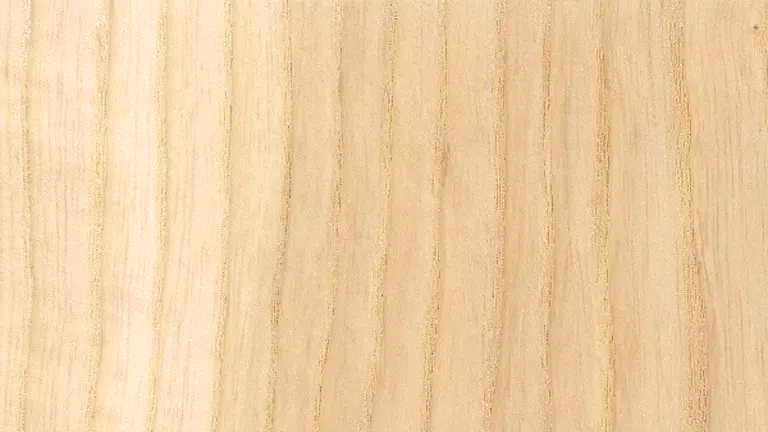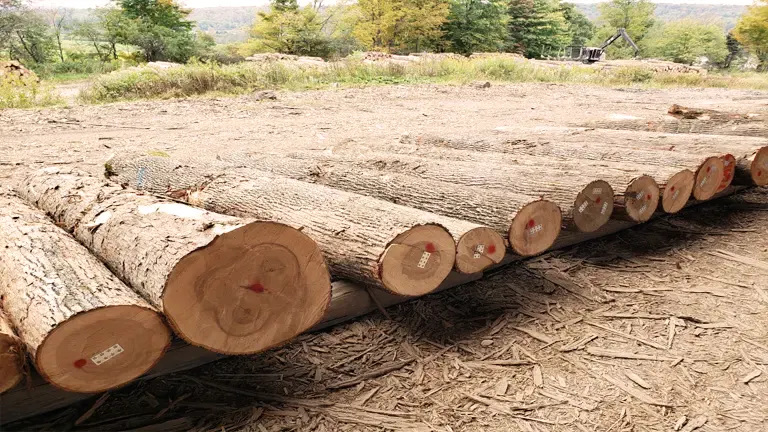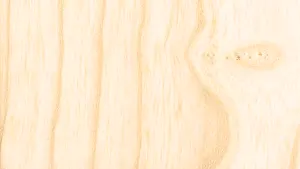White Ash Lumber
- August 3, 2023
- 0 comment
White Ash (Fraxinus americana) stands out as a favored and versatile hardwood renowned for its exceptional strength, flexibility, and alluring aesthetics. Its striking pale color, combined with a prominent and attractive grain pattern, has garnered it significant popularity among craftsmen and designers.

The wood’s natural beauty allows it to shine in various applications, making it an excellent choice for furniture-making, cabinetry, and interior trim work. Additionally, White Ash’s renowned resilience and shock-absorbing properties have made it the go-to material for crafting high-quality sports equipment, such as baseball bats and hockey sticks.
Its ability to bend without breaking, coupled with its excellent strength-to-weight ratio, contributes to its versatile usage in a wide array of projects, from intricate wood carvings to sturdy structural components. Whether adorning elegant interiors or delivering outstanding performance on the field, White Ash continues to be prized for its combination of strength, adaptability, and timeless charm.
| Property | Description |
|---|---|
| Common Name(s) | White Ash, American Ash, Biltmore Ash |
| Scientific Name | Fraxinus americana |
| Distribution | Eastern United States and parts of Canada |
| Tree Size | 65-100 feet in height, 2-3 feet in diameter |
| Avg. Dried Weight | 41 lbs/ft^3 (655 kg/m^3) |
| Specific Gravity | 0.66-0.69 |
| Janka Hardness | 1320 lbf (5896 N) |
| Modulus of Rupture | 14,600 lbf/in^2 (100.7 MPa) |
| Elastic Modulus | 1,900,000 lbf/in^2 (13.10 GPa) |
| Crushing Strength | 7,410 lbf/in^2 (51.1 MPa) |
| Shrinkage | Radial: 4.7%, Tangential: 8.6%, Volumetric: 13.2% |
Characteristics
Color/Appearance
White Ash exhibits a pleasing color palette, ranging from light cream to pale yellow, sometimes featuring occasional streaks of brown heartwood. One of the wood’s distinctive characteristics is the lack of a clear demarcation between the sapwood and heartwood, providing opportunities for staining or finishing to mimic the appearance of other, more expensive wood species. This adaptability enhances its appeal and makes it an excellent choice for projects where the desired visual effect requires specific coloration.


Grain/Texture
The wood’s grain pattern is typically straight, lending a sense of simplicity and elegance to its appearance. The grain can be rather pronounced, contributing to the wood’s visual charm. With a coarse texture, White Ash provides a tactile experience that enhances its appeal in various applications, both as a structural component and a decorative element.
Rot Resistance
White Ash exhibits commendable natural resistance to decay and rot, a property that enhances its durability and suitability for outdoor applications. This resistance makes it particularly well-suited for crafting tool handles and sports equipment, where exposure to moisture and weathering is common.
Workability
Renowned for its workability, White Ash responds well to both hand and machine tools, making it a favorite among woodworkers. As long as the tools have sharp cutting edges, the wood can be easily shaped, joined, and finished to perfection. Its excellent machining properties, along with the ability to glue, stain, and finish effortlessly, contribute to its popularity in various woodworking projects.
Odor
Unlike some other woods, White Ash is notably devoid of any distinctive or unpleasant odor when being worked, ensuring a more pleasant working environment for woodworkers and craftsmen.
Allergies/Toxicity
White Ash is generally considered safe to work with, as there have been no significant reports of health concerns. However, some individuals may experience mild skin irritation when in direct contact with the wood, so taking necessary precautions during handling is advisable.
Pricing/Availability
White Ash lumber is commonly available at a moderate cost, making it an accessible choice for a wide range of projects. Due to its native abundance in the Eastern United States and parts of Canada, it is generally readily available for purchase.
Sustainability
White Ash’s sustainability has been threatened by the infestation of the Emerald Ash Borer beetle, which has adversely affected its population. As a result, the species faces challenges in terms of long-term viability. However, efforts are being made to implement sustainable forestry practices to preserve and protect the species for future generations.
Common Uses
Thanks to its impressive strength, flexibility, and aesthetic appeal, White Ash finds extensive use in a variety of applications. It is a popular choice for crafting furniture, cabinetry, and flooring due to its combination of beauty and durability. Additionally, its excellent shock-absorbing properties and ease of working make it the go-to material for crafting tool handles and sports equipment, such as baseball bats and hockey sticks. Its versatility extends further to veneers, where it can be used to add a touch of elegance to surfaces, enhancing its value as a sought-after hardwood in the woodworking industry.


Frequently Asked Questions
- Is White Ash a hardwood or softwood?
White Ash is classified as a hardwood due to its density and botanical characteristics. - Can White Ash be used outdoors?
Yes, White Ash’s natural rot resistance makes it suitable for outdoor applications like decking, tool handles, and sports equipment. - Does White Ash have any toxic properties?
White Ash is not known to be toxic. However, some individuals may experience mild skin irritation when handling the wood. - Is White Ash sustainable?
While White Ash is facing challenges due to the Emerald Ash Borer infestation, sustainable forestry practices are in place to support its long-term survival. - What other wood species is White Ash comparable to?
White Ash is often compared to Red Oak due to their similar appearance and properties. However, Ash is generally lighter in color and has a more pronounced grain pattern.
We’re eager to listen to your feedback! Feel free to share your own encounters and perspectives regarding White Ash Lumber in the comments section. Your valuable insights could be instrumental in assisting fellow enthusiasts and craftsmen in making well-informed choices when working with this remarkable timber!









Leave your comment